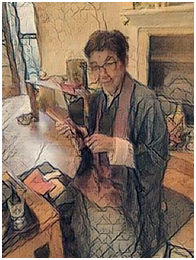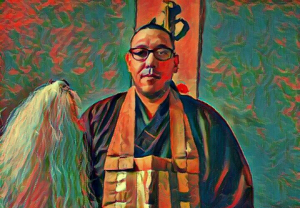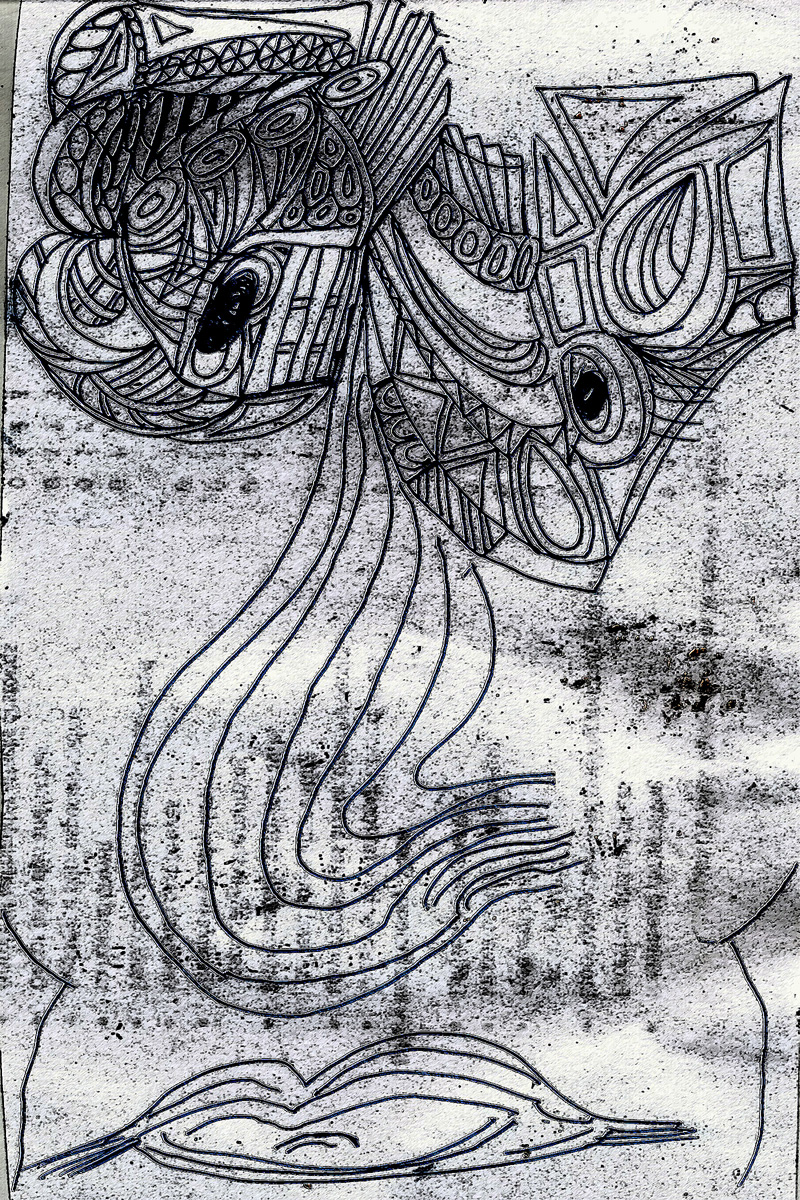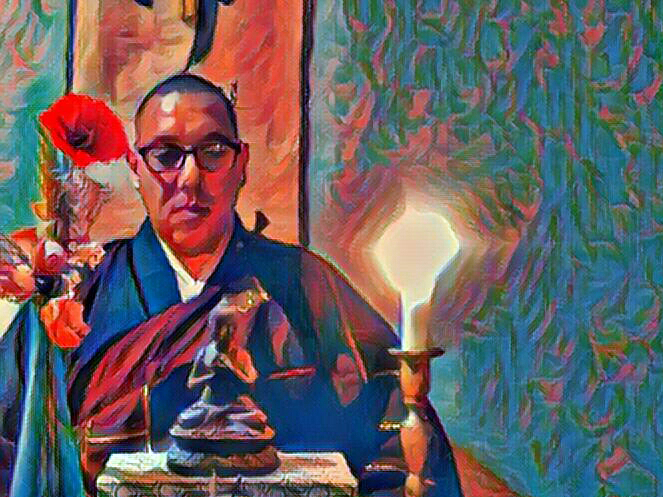ALCHEMICAL DETACHMENT AND INTEGRATION – Part 1 by Ming Zhen Shakya
I felt an overwhelming sense of power – like God must feel when he’s carrying a gun.” — H. J. Simpson’s apology upon being expelled from the National Rifle Association for misusing a firearm.… ALCHEMICAL DETACHMENT AND INTEGRATION – Part 1 by Ming Zhen Shakya






